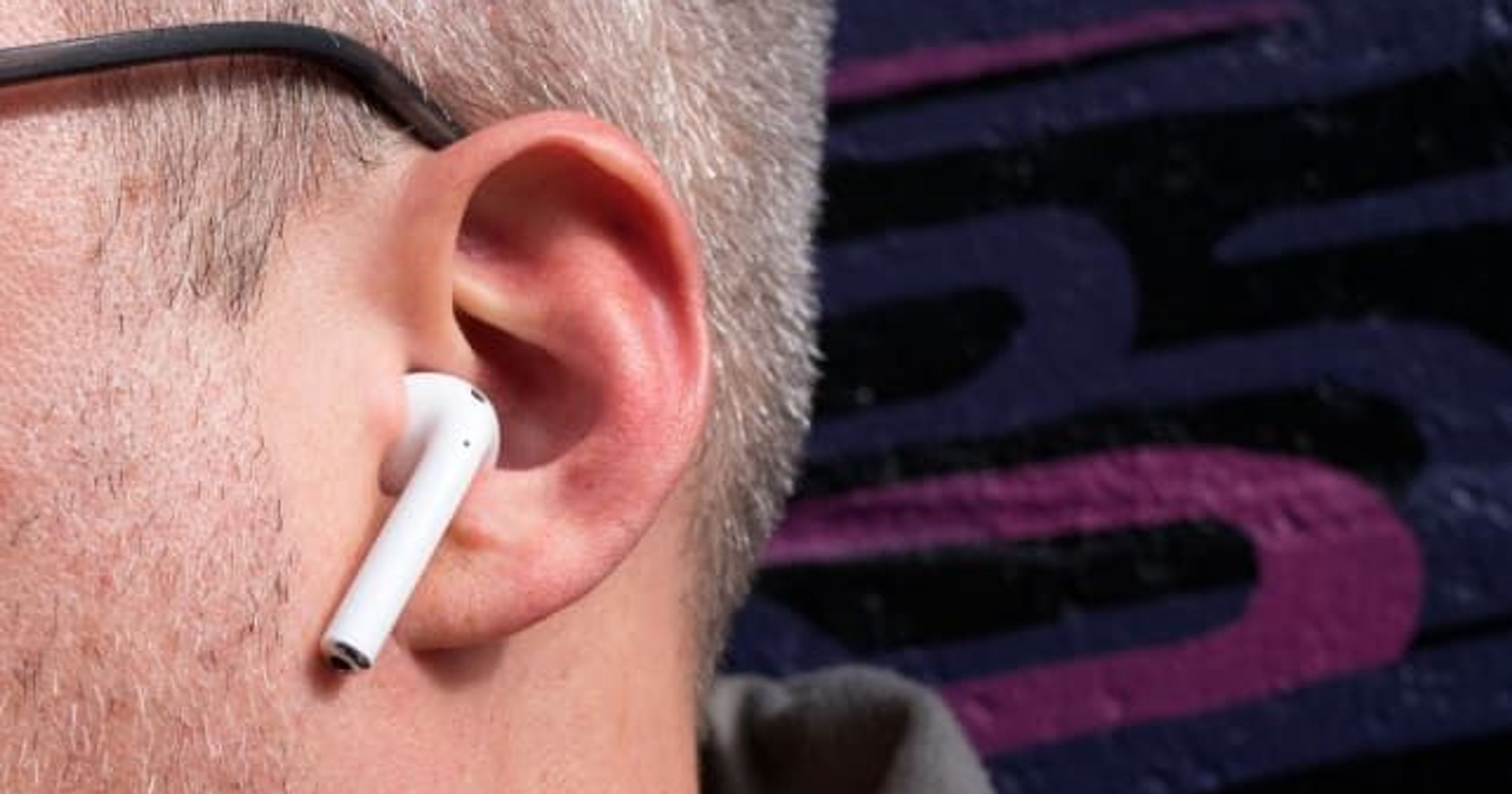Because if you’re not sanitizing your phone each day, you might as well be drinking from the toilet.
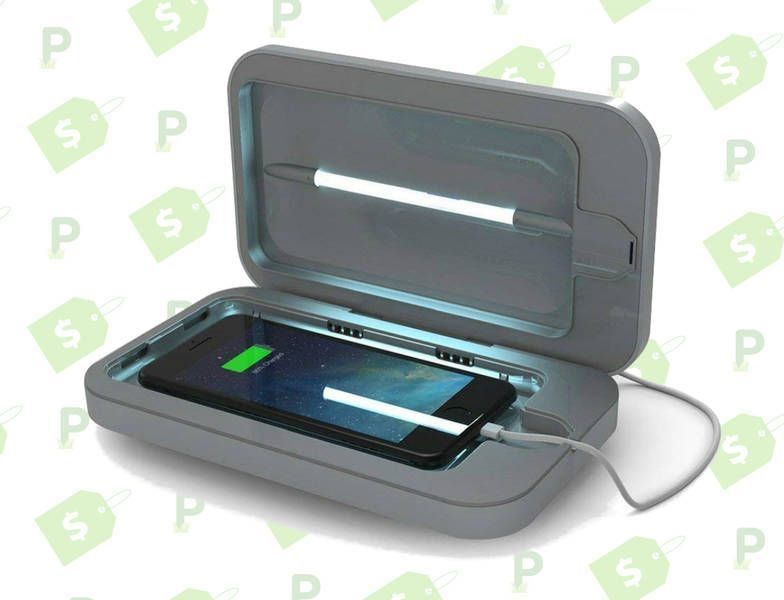

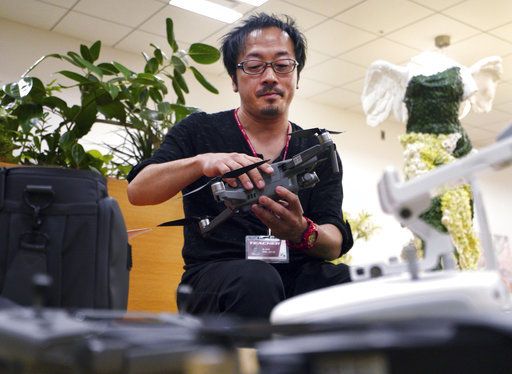
Electric drones booked through smartphones pick people up from office rooftops, shortening travel time by hours, reducing the need for parking and clearing smog from the air.
This vision of the future is driving the Japanese government’s “flying car” project. Major carrier All Nippon Airways, electronics company NEC Corp. and more than a dozen other companies and academic experts hope to have a road map for the plan ready by the year’s end.
“This is such a totally new sector Japan has a good chance for not falling behind,” said Fumiaki Ebihara, the government official in charge of the project.
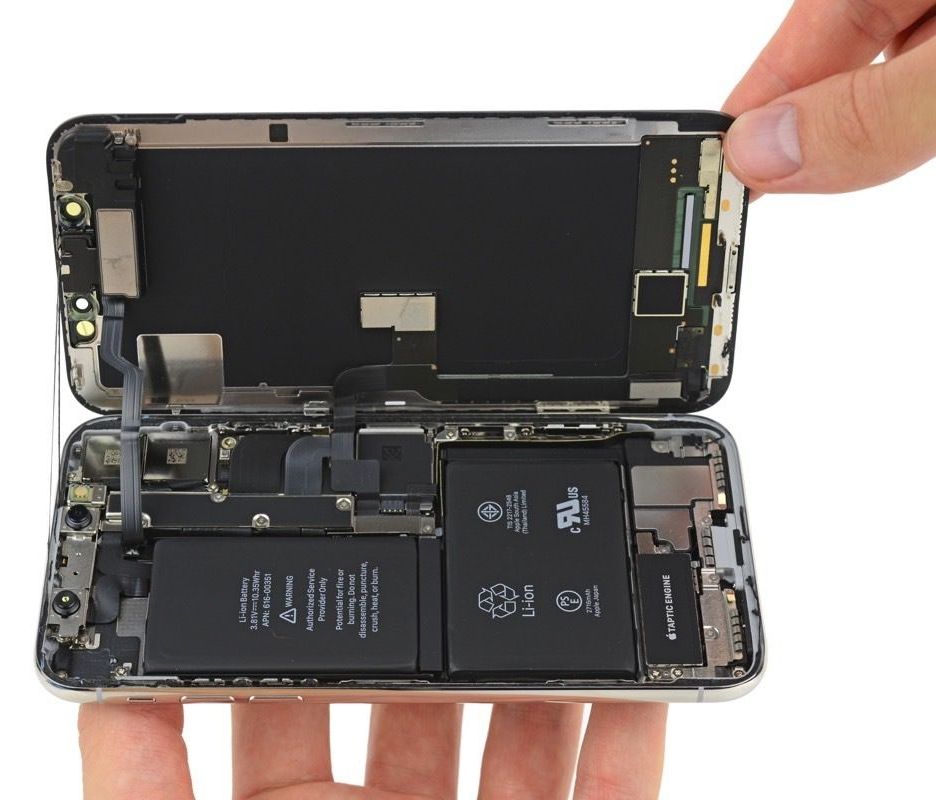
Apple just unveiled three new iPhones during its annual September press conference, the three phones we all expected to see Apple announce. But it also killed six models in the process, retiring the aging iPhone SE, iPhone 6 and 6 Plus, iPhone 6s and 6s Plus, and the iPhone X. While Apple won’t sell these particular phones in store, it doesn’t mean they’re just going to disappear. They may become even more attractive to buyers looking for used iPhone deals. But if you are going to buy one of the older phones, especially the iPhone 6 and iPhone 6s, make sure you verify the health of their batteries and replace them before Apple’s deal expires.

University of Birmingham scientists are paving the way to swap the lithium in lithium-ion batteries with sodium, according to research published in the Journal of the American Chemical Society.
Lithium-ion batteries (LIB) are rechargeable and are widely used in laptops, mobile phones and in hybrid and fully electric vehicles. The electric vehicle is a crucial technology for fighting pollution in cities and realising an era of clean sustainable transport.
However lithium is expensive and resources are unevenly distributed across the planet. Large amounts of drinking water are used in lithium extraction and extraction techniques are becoming more energy intensive as lithium demand rises – an ‘own goal’ in terms of sustainability.

There’s just a day to go until Apple holds its annual iPhone-centric event to introduce new iPhone models, with this year’s event expected to see the debut of the 5.8-inch OLED iPhone Xs, the 6.5-inch OLED iPhone Xs Max, and the 6.1-inch LCD iPhone, which could be called the iPhone Xr.
We’re also expecting to see new Apple Watch Series 4 models with larger displays thanks to reduced bezels and more accurate ECG-based heart monitoring technology. Other surprises could be in the works too, such as the launch of new second-generation AirPods and the debut of the long-awaited AirPower.

When it comes to fundamental physics, things can get spooky. At least that’s what Albert Einstein said when describing the phenomenon of quantum entanglement—the linkage of particles in such a way that measurements performed on one particle seem to affect the other, even when separated by great distances. “Spooky action at a distance” is how Einstein described what he couldn’t explain.
While quantum mechanics includes many mysterious phenomena like entanglement, it remains the best fundamental physical theory describing how matter and light behave at the smallest scales. Quantum theory has survived numerous experimental tests in the past century while enabling many advanced technologies: modern computers, digital cameras and the displays of TVs, laptops and smartphones. Quantum entanglement itself is also the key to several next-generation technologies in computing, encryption and telecommunications. Yet, there is no clear consensus on how to interpret what quantum theory says about the true nature of reality at the subatomic level, or to definitively explain how entanglement actually works.
According to Andrew Friedman, a research scientist at the University of California San Diego Center for Astrophysics and Space Sciences (CASS), “the race is on” around the globe to identify and experimentally close potential loopholes that could still allow alternative theories, distinct from quantum theory, to explain perplexing phenomena like quantum entanglement. Such loopholes could potentially allow future quantum encryption schemes to be hacked. So, Friedman and his fellow researchers conducted a “Cosmic Bell” test with polarization-entangled photons designed to further close the “freedom-of-choice” or “free will” loophole in tests of Bell’s inequality, a famous theoretical result derived by physicist John S. Bell in the 1960s. Published in the Aug. 20 issue of Physical Review Letters, their findings are consistent with quantum theory and push back to at least 7.

Packing more energy into batteries is the key to delivering electric cars with longer range, smartphones that can last days—and cheaper electronic products all around.
The promise: Lithium-oxygen batteries represent one of the more promising paths toward that end. They could boost energy density by an order of magnitude above conventional lithium-ion batteries—in theory, at least. In a paper published today in Science, researchers at the University of Waterloo identified ways of addressing some of the major hurdles to converting that potential into commercial reality.
The challenge: A critical problem has been that as a lithium-oxygen battery discharges, oxygen is converted into superoxide and then lithium peroxide, reactive compounds that corrode the battery’s components over time. That, in turn, limits its recharging ability—and any real-world utility.

Level 4 – Awareness + World model: Systems that have a modeling system complex enough to create a world model: a sense of other, without a sense of self – e.g., dogs. Level 4 capabilities include static behaviors and rudimentary learned behavior.
Level 5 – Awareness + World model + Primarily subconscious self model = Sapient or Lucid: Lucidity means to be meta-aware – that is, to be aware of one’s own awareness, aware of abstractions, aware of one’s self, and therefore able to actively analyze each of these phenomena. If a given animal is meta-aware to any extent, it can therefore make lucid decisions. Level 5 capabilities include the following: The “sense of self”; Complex learned behavior; Ability to predict the future emotional states of the self (to some degree); The ability to make motivational tradeoffs.
Level 6 – Awareness + World model + Dynamic self model + Effective control of subconscious: The dynamic sense of self can expand from “the small self” (directed consciousness) to the big self (“social group dynamics”). The “self” can include features that cross barriers between biological and non-biological – e.g., features resulting from cybernetic additions, like smartphones.
Level 7 – Global awareness – Hybrid biological-digital awareness = Singleton: Complex algorithms and/or networks of algorithms that have capacity for multiple parallel simulations of multiple world models, enabling cross-domain analysis and novel temporary model generation. This level includes an ability to contain a vastly larger amount of biases, many paradoxically held. Perspectives are maintained in separate modules, which are able to dynamically switch between identifying with the local module of awareness/perspective or the global awareness/perspective. Level 7 capabilities involve the same type of dynamic that exists between the subconscious and directed consciousness, but massively parallelized, beyond biological capacities.
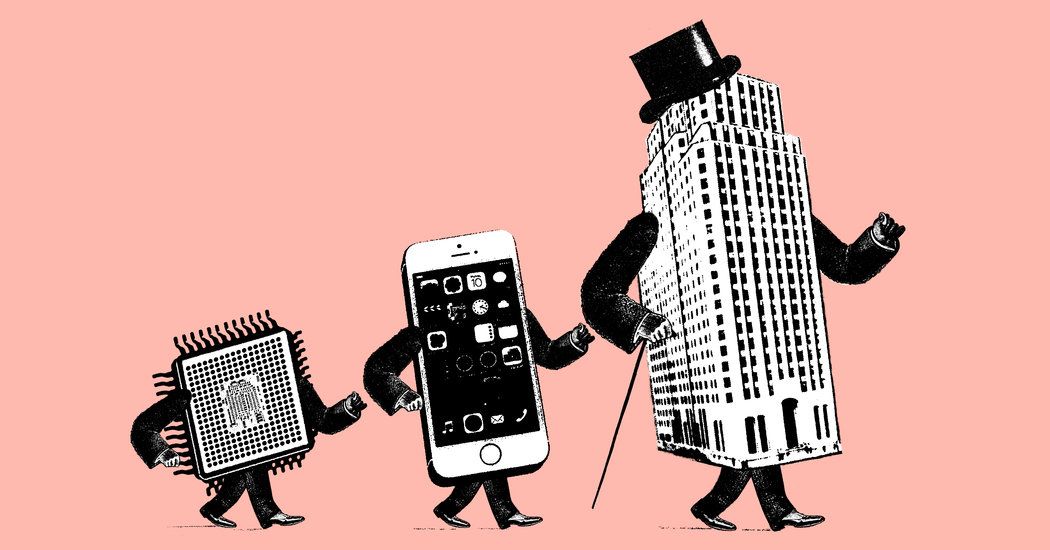
We can’t turn back the clock, but neither is job insecurity inevitable. Just as the postwar period managed to make industrialization benefit industrial workers, we need to create new norms, institutions and policies that make digitization benefit today’s workers. Pundits have offered many paths forward — “portable” benefits, universal basic income, worker reclassification — but regardless of the option, the important thing to remember is that we do have a choice.
When we learn about the Industrial Revolution in school, we hear a lot about factories, steam engines, maybe the power loom. We are taught that technological innovation drove social change and radically reshaped the world of work.
Likewise, when we talk about today’s economy, we focus on smartphones, artificial intelligence, apps. Here, too, the inexorable march of technology is thought to be responsible for disrupting traditional work, phasing out the employee with a regular wage or salary and phasing in independent contractors, consultants, temps and freelancers — the so-called gig economy.
But this narrative is wrong. The history of labor shows that technology does not usually drive social change. On the contrary, social change is typically driven by decisions we make about how to organize our world. Only later does technology swoop in, accelerating and consolidating those changes.
